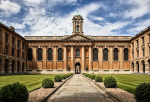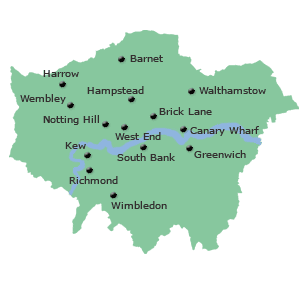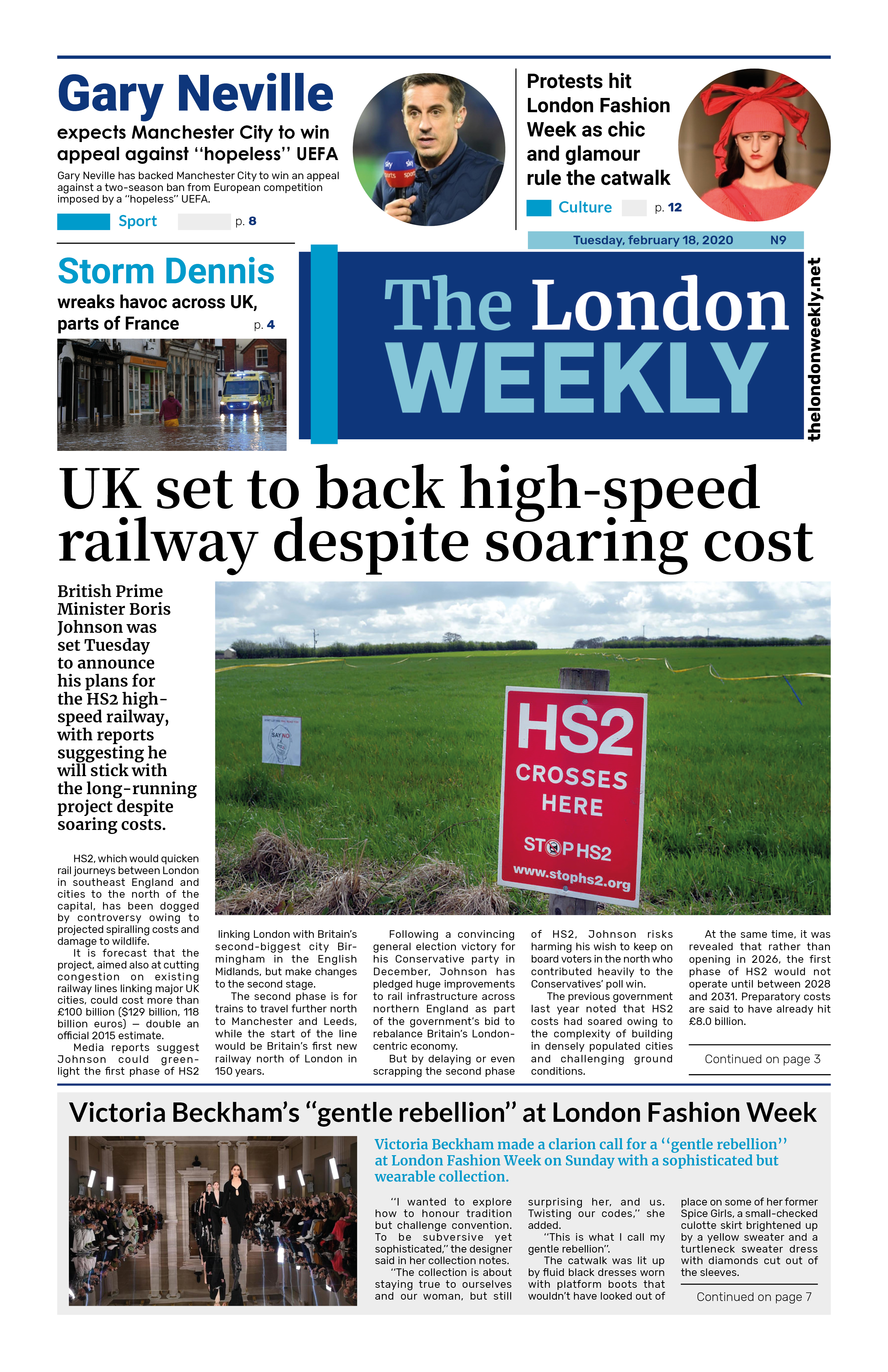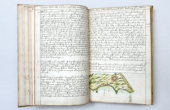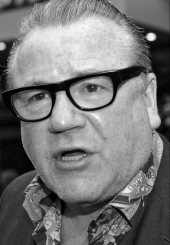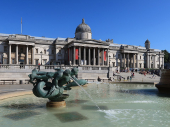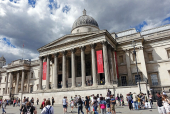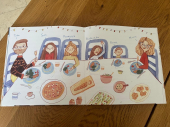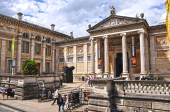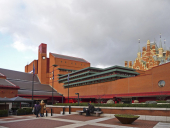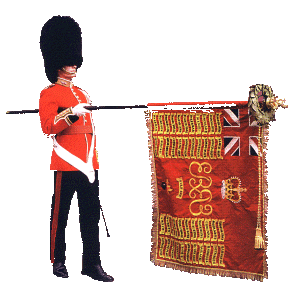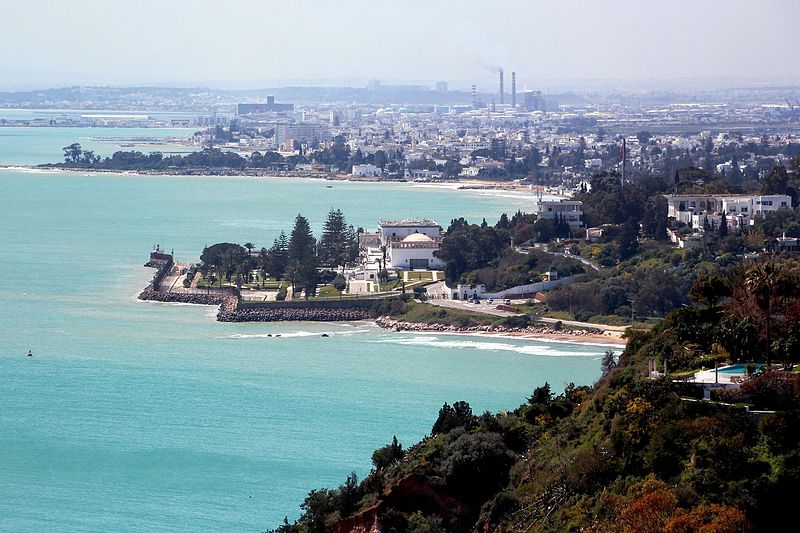
This ambitious yet comfortable journey offers an immersive way to reach Tunisia, setting the stage for an unforgettable exploration of its rich history, cuisine, and vibrant medinas.
A sweet farewell in Tunis
“Go on, try one,” urges a smiling vendor behind a towering display of Arabic sweets. He hands me a piece of makroudh, a warm, honey-dipped semolina pastry filled with dates. The texture is soft, the sweetness indulgent. Standing at a bustling crossroads in Tunis’s medina, I watch as Biles Elwadi, the sweet seller, skillfully shapes the dough, rolling a date-and-nut mixture into the semolina before slicing it into bite-sized portions for frying.
It’s my last day in Tunisia, and as Biles wraps up my 10-dinar (£2.55) purchase, I realize I’m reluctant to leave.
A journey without flights
I arrived in Tunisia without boarding a plane, following a new rail-and-ferry itinerary from London designed by overland travel specialist Byway. Having previously crossed continents by train to reach Morocco and Albania, I was drawn to the prospect of making it to Tunisia in just two days.
On a foggy Monday morning, I set off from London St Pancras aboard the 10:31 a.m. Eurostar to Paris. By 11:00 a.m. on Wednesday, I was strolling down the gangway at Tunis’s La Goulette port, basking in the Mediterranean heat.
A fast track through France
Speeding through France by train, I watched a shifting panorama of fin de siècle Parisian architecture, tree-lined fields, dense woodlands, and rocky outcrops crowned with Provençal castles. By the time I reached Marseille, the station was bathed in golden evening light. My hotel, the stylish Alex, sat conveniently across from the station, allowing for a seamless transition from rail to rest.
That evening, I wandered Marseille’s historic Vieux Port, alive with restaurants and bars. The city, with its mix of migration and maritime history, exudes a gritty charm.
A ferry ride to Tunisia
The following afternoon, I boarded the ferry to Tunis from Marseille’s modern port terminal. Unlike a cruise ship, this vessel had a more utilitarian feel, yet it offered various lounges, cafés, and even a nearly empty nightclub.
Dinner in the main dining hall was a convivial affair, featuring a three-course meal alongside fellow travelers. Afterward, I retreated to my cabin, where the steady hum of the ship’s engine rocked me into deep, uninterrupted sleep.
By the time we docked 24 hours later, I cleared passport control within minutes and hopped into a taxi bound for Hotel Belvedere in Tunis’s upscale La Fayette district.
Exploring the heart of Tunis
Tunis offers enough to keep any traveler engaged for days. While the UNESCO-listed Carthage ruins and the world-class Bardo Museum are major draws, I found the real magic in the daily rhythm of the medina.
A sudden downpour transformed the cobbled streets into gushing streams. Shopkeepers hurriedly pulled carpets and trinkets inside as heavy blue doors clanked shut. Seeking shelter, I ducked into Diva Caffe, where a mural outside reminded me: “Any time is coffee time.”
The next day, I ventured to Sidi Bou Said, a picturesque hilltop village just 20 minutes away. Overlooking the bay, I sipped mint tea at Café des Nattes, the same café where artists Paul Klee and August Macke once gathered. As the late afternoon sun cast warm hues on whitewashed walls, I imagined their conversations on color and form.
Beyond the capital: Sousse and Kairouan
Heading south, I arrived in Sousse, famed for its sandy beaches but more intriguing for its UNESCO-listed ninth-century city walls. A climb up the Ribat tower rewarded me with sweeping views of the sea and the 11th-century kasbah, now home to an archaeological museum filled with beautifully preserved Roman mosaics.
A short louage (shared minibus) ride west took me to Kairouan, one of Islam’s holiest cities. Known for its seventh-century Great Mosque, it also played a role in cinematic history, doubling as 1930s Cairo in Indiana Jones: Raiders of the Lost Ark.
But what captivated me most was its deep-rooted carpet-making tradition. Walking through the narrow streets, I could hear the rhythmic clack of looms. At the House of the Governor, I admired ornate interiors, but it was at Tapis Okba—just across from the mosque—that I made my purchase: a vibrant yellow rug.
A slow and satisfying return
Returning to Tunis after five days, the air was warmer, the streets drier. I had settled into the rhythm of slow travel and wished I could stay longer. Yet, the journey wasn’t over; the ferry home awaited.
That evening, as I wandered the ship’s deck, the Mediterranean breeze whipped around me. Later, curious about a lively beat emanating from the nightclub, I stepped inside. A musician played a keyboard one-handed while holding a cigarette in the other. Another performer, playing a mizwad—a Tunisian bagpipe made from ewe’s leather—urged the crowd to clap along.
It wasn’t a wedding, just a spontaneous moment of Tunisian celebration.
As the ferry rocked me to sleep that night, I knew one thing for certain: Tunisia, with its warmth, history, and charm, had left an indelible mark on me. Fjmustak, Wikimedia commons.

















